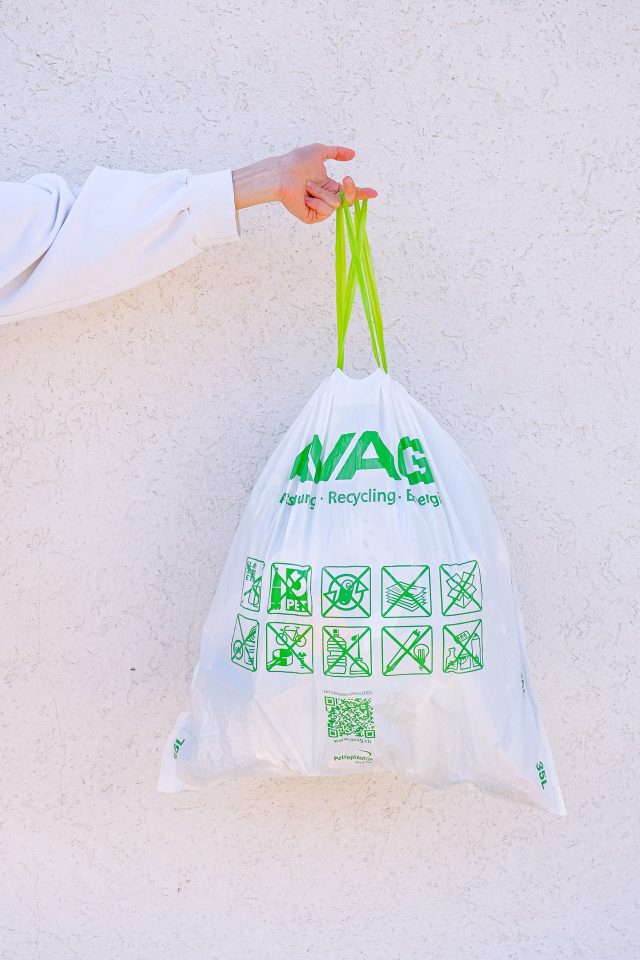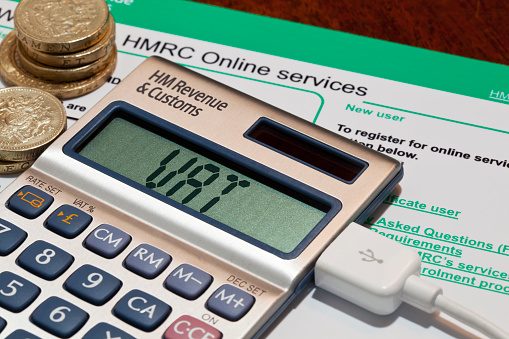How is a catering business different from a restaurant?
The world of catering and hospitality is very competitive, and has experienced huge turmoil over the past couple of years, like many other industries, with COVID-19 forcing restaurant closures, staff shortages, supply chain problems and, as a result, dreaded price increases.
Whilst many people might think that both catering and hospitality are one of the same thing, it’s important to realise that actually, within the industry, these are seen as two different sectors.
A restaurant is, of course, a fixed and physical venue where customers come to (hopefully) enjoy the dining experience. Catering, on the other hand, is usually the service of providing food at a temporary event such as a wedding, corporate event, or arena Christmas party – in other words, the world of professional catering, including marketing materials for restaurants.
And, when it comes to professional catering, the industry has moved on significantly from where it was ten years ago, when you might have got away with cutting corners and trimming back on using the best ingredients. Today’s market is fiercely competitive, with caterers all vying to win those lucrative contracts with blue chip companies, whilst also looking to attract private customers. Everything – and we mean, everything – has to be top-notch, from the ingredients through to the way the food is presented, of course the taste and also the level of service on offer – in other words, the complete and total package. Just because it’s a temporary event you are catering for, doesn’t mean that the standards can be any lower than if you were in a fancy restaurant!
But how is a catering business different to a restaurant? Well, many would say that providing this food service in a restaurant is much easier. Why? Because you are working in the same place each and every day, working with the same team members, producing the same dishes from the same menu the majority of the time and, as importantly, working with the same catering equipment day in, day out. Familiarity counts for a lot in whatever line of work you do, and food service is no different.
Event caterers, on the other hand, are usually working in different locations and venues, producing different menus, and working with different catering equipment. Depending upon where their catering contract is, many professional caterers look to hire catering equipment instead of buy it and have to transport it around the country – this makes a lot of sense! That said, they will need to work with trusted suppliers when it comes to catering equipment hire, as the last thing they need to be worrying about in the lead up to a busy catering event is whether their hire equipment is going to either arrive, work, or both!
The best professional caterers will also realise that if they diversify just a little, then there are rewards on offer. If they are providing the food at an event, why not also provide the drinks. Again, this can be done both affordably and effectively, with mobile bar hire nationwide. There’s plenty of temporary bar hire companies around the country where you can choose from a variety of different styles to suit different events. Suffice to say that the best mobile bar hire company will have everything you need, including modular bar units, glassware, bar accessories and much more, providing you with a complete service so that you, as the professional caterer, can bring all the food and drinks requirements for an event under your one umbrella.
In summary, then, to answer the question, caterers and restaurants – whilst they provide the same service – are very different in nature. If you’ve ever worked in a professional kitchen of whatever type, they are frantic yet exhilarating environments in which to work, and you always have to give credit for the quality of food that these catering teams produce. And, at the same time, the vast majority of the work they do is during unsociable hours – in other words, they are working whilst everyone else is playing!
So, at your next event, wedding or corporate hospitality event or, if you just decide to pop out to your favourite restaurant for a night out, spare a thought for the people behind the scenes – they’re doing a fantastic job!



















